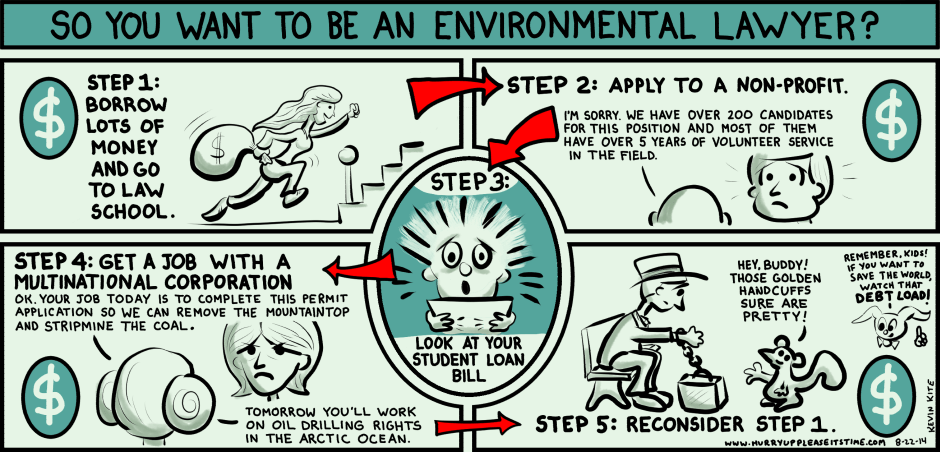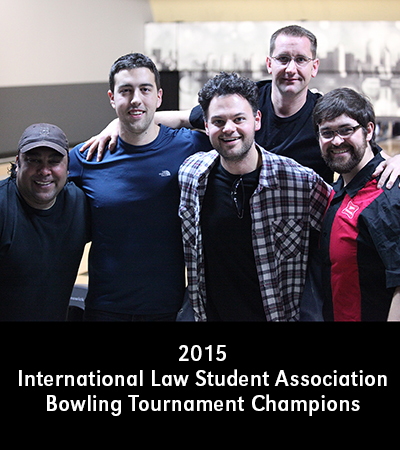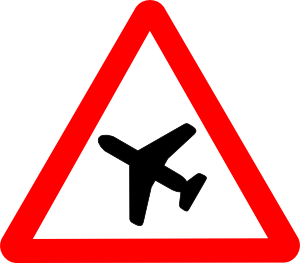In April of 2016, the City Council of Lincoln, Nebraska
adopted an ordinance concerning unmanned aircraft systems.[1] This ordinance was animated by fears of drone
interference with an upcoming air show at the Lincoln Municipal Airport. The ordinance incorporates provisions from
Part 107[2]
and FMRA § 336,[3]
with a few important tweaks. Because
most of these provisions are identical, the true effect of the ordinance is
simply to provide additional local enforcement authority. Violations are subject to a progressive fine
ranging from $100 for the first infraction to $500 for the third.[4]
The following table compares these provisions by subject
matter.[5]
Lincoln City Ordinance (“LCO”)[6]
|
Federal Regulations
|
Comments
|
|
Types of Unmanned Aircraft
|
|||
-Model
|
“a small unmanned aircraft that is capable
of sustained flight in the atmosphere and flown for hobby or recreational
purposes”
|
FMRA § 336: “an unmanned aircraft that is—
(1) capable of sustained flight in the
atmosphere;
(2) flown within visual line of sight of the
person operating the aircraft; and
(3) flown for hobby or recreational
purposes.”
|
The LCO organizes things differently, but if
you consider the definitions and operational restrictions together everything
in the LCO matches FMRA § 336.
|
-Small Unmanned Aircraft
|
An “unmanned aircraft weighing less than 55
pounds on takeoff, including everything that is on board or otherwise
attached to the aircraft.”
|
§ 107.3: “Small
Unmanned Aircraft means an unmanned aircraft weighing less than 55
pounds on takeoff, including everything that is on board or otherwise
attached to the aircraft.”
|
[identical]
|
-Toy
|
“(1) a glider or hand-tossed aircraft that
is not designed for and is incapable of sustained flight; or (2) an aircraft
that is capable of sustained flight and that is controlled by means of a
physical attachment, such as a string or wire”
|
[not defined]
|
|
-Unmanned Aircraft
|
An aircraft that is “operated without the
possibility of direct human intervention from within or on the aircraft and
does not carry a human operator but can be remotely piloted or operated, also
colloquially known as a drone.” Does not include toy or public
aircraft.
|
§ 107.3: “Unmanned aircraft means an aircraft
operated without the possibility of direct human intervention from within or
on the aircraft.”
|
The LCO provision excludes autonomous air
taxis and carves out toy and public aircraft, but it is otherwise identical.
|
-Unmanned Aircraft System
|
An “Unmanned Aircraft and its associated
elements (including communication links and the components that control the
unmanned aircraft) that are required for the safe and efficient operation of
the unmanned aircraft in the airspace.”
|
§
107.3: “Small unmanned aircraft system (small UAS) means a
small unmanned aircraft and its associated elements (including communication
links and the components that control the small unmanned aircraft) that are
required for the safe and efficient operation of the small unmanned aircraft
in the national airspace system.”
|
Part 107 is only concerned with small UAS
(under 55 pounds), so its definition does not cover heavier unmanned aircraft
and their components. The LCO does.
|
UAS restrictions and jurisdiction
|
“It shall be unlawful for any person to
operate an Unmanned Aircraft System within the corporate limits of the City:”
|
Model aircraft are regulated at the federal
level by FMRA § 336 and (arguably) the FAA’s generally applicable regulations
on aircraft enacted prior to § 336.
All other UAS between .5 and 55 pounds are governed by Part 107.
|
|
-Registration
|
“(i) without registration and markings as
required by Federal Aviation Administration regulations;”
|
§ 107.13 requires Part 107 operators to
comply with the registration provision from Part 91 (which governs all
aircraft).[11]
|
Whether model aircraft (operating under FMRA
§ 336 rather than Part 107) must be registered is being litigated in the D.C.
Circuit now.[12]
The LCO smartly tied this requirement
to the FAA’s own regulations.
|
-TFR/NOTAM
|
“(ii) in violation of any Temporary Flight
Restriction included within a Notice to Airman issued by the Federal Aviation
Administration; or”
|
[none]
|
|
-Recklessness
|
“(iii) in a careless or reckless manner so
as to endanger the life or property of another”
|
§ 107.23: “No person may: (a) Operate a small unmanned
aircraft system in a careless or reckless manner so as to endanger the life
or property of another”
|
These provisions are identical, but remember
that Part 107 does not apply to model aircraft under FMRA § 336. The FAA would argue that 14 C.F.R. § 91.13
applies because model aircraft are “aircraft” under 14 C.F.R. § 1.1.[15]
|
Restrictions for Model Aircraft
|
“In addition…Model aircraft shall not be
operated:”
|
FMRA § 336(a): The FAA “may not promulgate
any rule or regulation regarding a model aircraft, or an aircraft being
developed as a model aircraft, if—”
|
FMRA contains three additional criteria
related to community standards, non-interference with manned aircraft, and a
55 pound weight limit.[16] The bigger difference is that FMRA § 336 is
a statutory safe harbor from the FAA’s rulemaking authority, so Part 107 does
not apply to model aircraft. By
contrast, Nebraska requires the same registration, compliance with NOTAMs and
TFRs, and restraint from careless or reckless behavior for model aircraft as
it requires for any other UAS.
|
-Altitude Limit
|
“Model Aircraft shall not be operated: (i)
at an altitude in excess of 400 feet”
|
[none]
|
While 14 C.F.R. § 107.51 proscribes a 400
foot ceiling for Part 107 operations (but not model aircraft), the LCO’s
altitude limit only applies to model aircraft. FMRA § 336 does not regulate altitude for
model aircraft.
|
-Proximity to Airport
|
“Model Aircraft shall not be operated … (ii)
within five miles of Lincoln Airport unless the Airport Authority of the City
of Lincoln and the Lincoln Airport Control
Tower have been first notified;”
|
FMRA § 336 (a)(5): “when flown within 5
miles of an airport, the operator of the aircraft provides the airport
operator and the airport air traffic control tower (when an air traffic
facility is located at the airport) with prior notice of the operation”
|
FMRA § 336 adds that “model aircraft
operators flying from a permanent location within 5 miles of an airport
should establish a mutually-agreed upon operating procedure with the airport
operator and the airport air traffic control tower (when an air traffic
facility is located at the airport))”.
It is curious that the LCO is codified in the Lincoln Airport chapter
of its compiled ordinances but does not address such a procedure.
|
-Line of Sight
|
“Model Aircraft shall not be operated … (iii)
outside the visual line of sight of the operator”
|
FMRA § 336(c): “’model aircraft’ means an
unmanned aircraft that is—
…
(2) flown within visual line of sight of the
person operating the aircraft”
|
The LCO uses an operational limit and FMRA a
definition, but the effect is the same.
|
You can find the official text in Lincoln’s Municipal Code here. If you have legal questions about your drone
operations anywhere in Nebraska or South Dakota, click “Get in Touch” above for
a free consultation.
[1]
Lincoln City Ordinance 20318 § 4 (April 18, 2016).
[2] 14 C.F.R. § 107.
[3]
FAA MODERNIZATION AND REFORM ACT OF 2012 (“FMRA”), PL 112-95, February 14,
2012, 126 Stat. 11.
[4] See Lincoln Municipal Code § 1.24.010.
[5]
Please note that this analysis does not cover the provisions concerning public
aircraft.
[6]
Lincoln Municipal Code §§ 4.28.060-4.28.090.
[7]
See, e.g., http://elistair.com/.
[9]
49 U.S.C. § 40103.
[10]
14 C.F.R. § 1.1.
[11]
See 14 C.F.R. § 91.203.
[13]
See 14 C.F.R. §§ 91.137; 91.138;
91.144.
[14]
See infra n. 10.
[15]
“Aircraft means a device that is used or intended to be used for flight in the
air.”
[16]
FMRA § 336 also allows for model aircraft larger than 55 pounds if they are “otherwise
certified through a design, construction, inspection, flight test, and operational
safety program administered by a community-based organization”.














